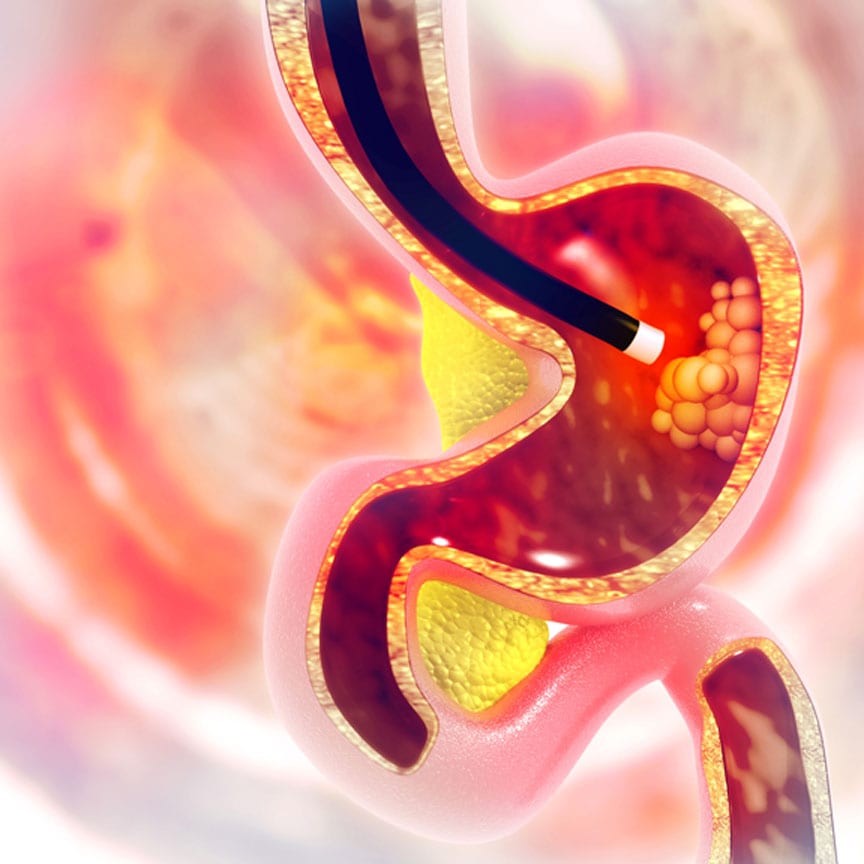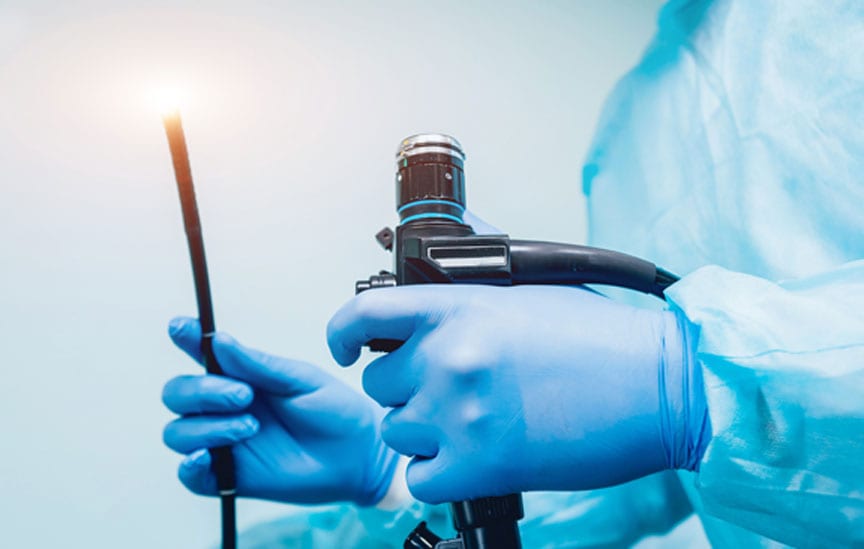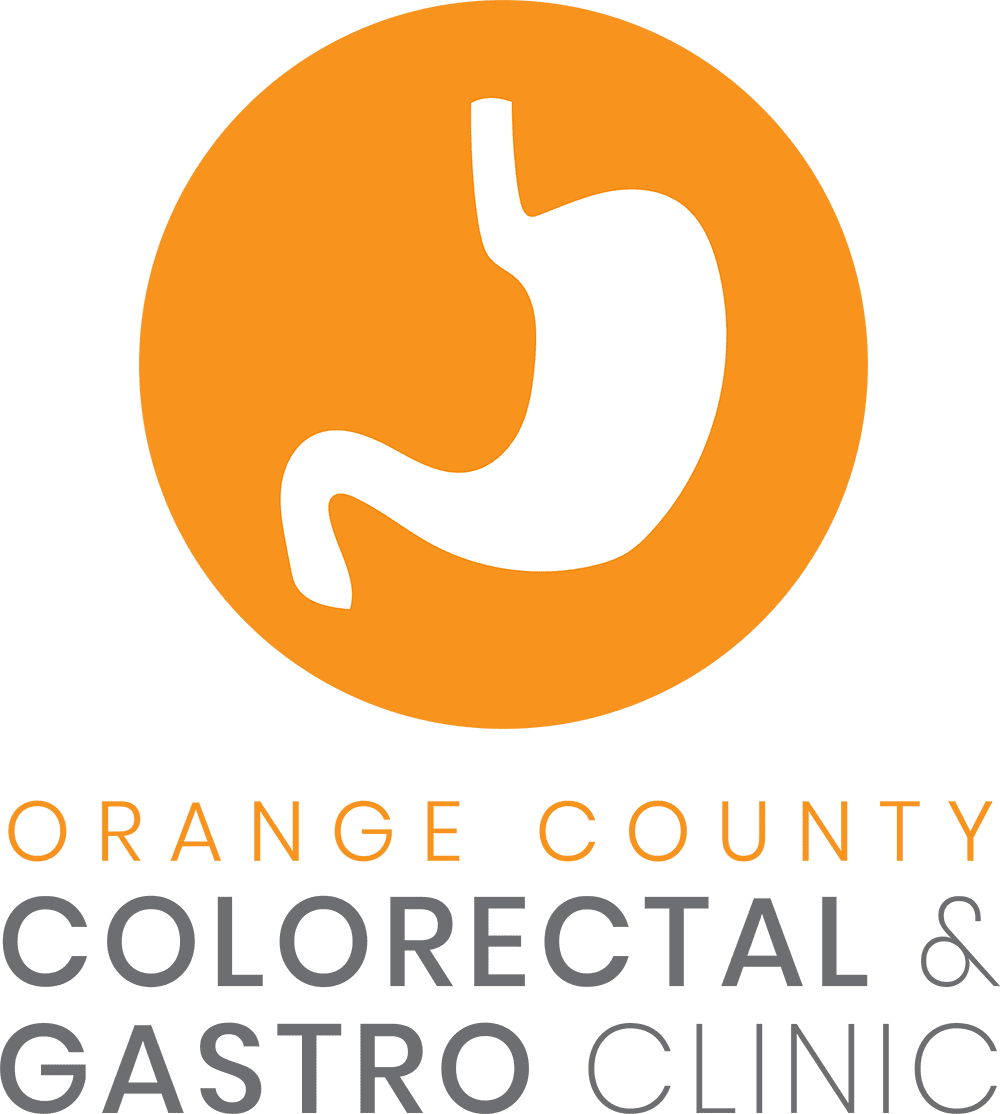
Your upper gastrointestinal (GI) tract includes the “pipe” food goes down (esophagus), stomach, and a portion of your small intestine called the duodenum. If it’s believed something is affecting any of these parts, you may benefit from an upper GI endoscopy in Mission Viejo.
This is a procedure done with a flexible, lighted tube with an attached camera (endoscope). Specialized tools can also be inserted via this scope, if necessary.
Why Might an Upper GI Endoscopy Be Recommended?
Having difficulty swallowing, a condition known as dysphagia, is one of the common reasons to have an upper GI endoscopy in Mission Viejo. You may also benefit from this procedure if you are experiencing unexplained weight loss, chest or upper stomach pain that’s not heart-related, recurring vomiting without explanation, or upper GI bleeding. The procedure may also be performed if there is a need to confirm problems that might include:
- Gastroesophageal reflux disease (GERD)
- Upper GI blockages
- Ulcers
- Tumors that may be cancerous or non-cancerous
- Stomach movement due to a hiatal hernia
- Upper GI tract infections
- Celiac disease


An upper GI endoscopy in Mission Viejo is sometimes done for treatment-related purposes as well. For instance, narrowed areas may be opened up or abnormal growths called polyps may be removed. Laser therapy may also be performed with an upper GI endoscopy.
How Do You Prepare for an Upper GI Endoscopy?
It’s common for patients to be advised not to eat or drink anything 6-8 hours prior to their scheduled upper GI endoscopy. You’ll also be given more specific instructions specific to the reason you are having this procedure. You will remain awake during the procedure, although a sedative may be given.
What Happens During and After the Procedure?
An upper GI endoscopy in Mission Viejo is an outpatient procedure. If you need a sedative, it’s usually administered intravenously. Your vital signs will also be recorded and monitored during the procedure. After lying down on an X-ray table, numbing medicine is applied to the back of your throat. This makes it easier for the tube to be inserted. Saliva is also suctioned away.
As the tube is inserted, you may feel some pressure. It will go into your throat and down into your esophagus and stomach. Insertion continues until your small intestine is reached. The images produced will be viewed in real-time. If there is a need to remove tissues or perform other tasks, special instruments will be inserted through the endoscope. After the procedure, you can expect not to be permitted to eat or drink until your gag reflexes return. Otherwise, you should be able to resume your normal habits shortly after the procedure is over.
What ultimately happens after an upper GI endoscopy in Mission Viejo is performed will depend on the results. If nothing abnormal or concerning is found in the areas examined, tests may be performed to check other parts of your digestive system if you are still experiencing problematic symptoms. If an issue is discovered or confirmed, treatment will depend on the extent and nature of the problem and how it’s affecting you.


